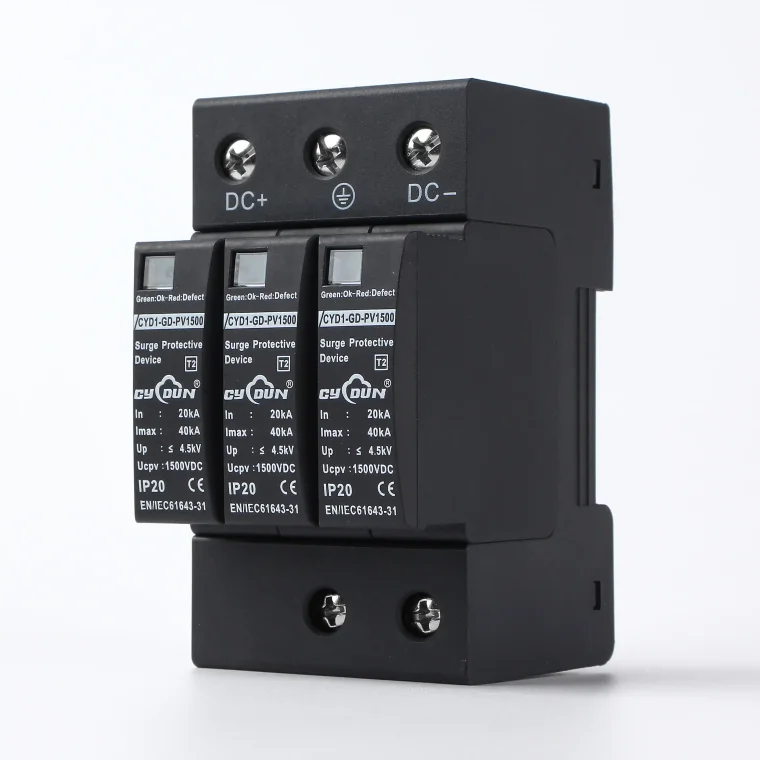When it comes to landscape photography, the choice of camera can significantly influence the quality of your images and your overall shooting experience. Two primary contenders dominate the market: Digital Single-Lens Reflex (DSLR) cameras and mirrorless systems. Each has its unique advantages and disadvantages, making the decision a nuanced one. In this article, we will delve into the intricacies of both systems, examining their features, performance, and suitability for landscape photography.
Understanding the Basics: DSLR vs. Mirrorless
Before we dive into the specifics, it's essential to understand the fundamental differences between DSLR and mirrorless cameras. DSLRs utilize a mirror mechanism to reflect light from the lens into an optical viewfinder, while mirrorless cameras forgo this mechanism, allowing light to hit the image sensor directly. This difference in design leads to various implications for photographers.
Image Quality and Sensor Performance
One of the most critical factors in landscape photography is image quality, which is primarily determined by the camera's sensor. Both DSLRs and mirrorless cameras offer high-resolution sensors, but mirrorless systems have made significant strides in recent years. Many mirrorless cameras now feature full-frame sensors that rival or even surpass their DSLR counterparts in terms of dynamic range and low-light performance.
For landscape photographers, the ability to capture fine details in both shadows and highlights is crucial. Mirrorless cameras often provide superior performance in this regard, thanks to advancements in sensor technology and image processing algorithms. Additionally, many mirrorless models offer in-body image stabilization (IBIS), which can be a game-changer when shooting handheld in challenging conditions.
Autofocus Systems: Speed and Accuracy
In landscape photography, the focus is typically on static subjects, but the autofocus system's speed and accuracy can still play a role, especially when dealing with moving elements like clouds or wildlife. Historically, DSLRs had the upper hand with their phase-detection autofocus systems, which are fast and reliable. However, mirrorless cameras have made significant improvements, incorporating hybrid autofocus systems that combine phase-detection and contrast-detection methods.
This evolution means that many modern mirrorless cameras can achieve fast and accurate autofocus, even in low-light conditions. For landscape photographers, this can be particularly beneficial when capturing fleeting moments, such as a sunset or a sudden change in weather.
Size and Weight Considerations
One of the most appealing aspects of mirrorless cameras is their compact size and lighter weight compared to DSLRs. This can be a significant advantage for landscape photographers who often trek long distances to capture the perfect shot. A lighter camera system can reduce fatigue and make it easier to carry additional gear, such as tripods and filters.
However, it's essential to consider that while mirrorless systems are generally more compact, the lenses can sometimes be bulkier, especially when using high-quality glass. Therefore, photographers should evaluate their entire kit's weight and size rather than just the camera body.
Battery Life: A Critical Factor
Battery life is another crucial consideration for landscape photographers, especially those who spend extended periods outdoors. DSLRs typically have longer battery life due to their optical viewfinders, which consume less power than electronic viewfinders found in mirrorless cameras. However, advancements in battery technology are closing this gap, and many mirrorless models now offer impressive battery performance.
It's worth noting that landscape photographers often shoot in remote locations where charging options may be limited. Therefore, carrying extra batteries or investing in a camera with robust battery life is advisable, regardless of the system you choose.
Lens Availability and Ecosystem
When selecting a camera system, the availability of lenses and accessories is paramount. DSLRs have a more extensive range of lenses available, especially for established brands. However, mirrorless systems are rapidly expanding their lens offerings, with many manufacturers investing heavily in developing high-quality glass tailored for these cameras.
For landscape photography, wide-angle lenses are often essential for capturing expansive vistas. Both systems offer excellent wide-angle options, but photographers should research the specific lenses available for their chosen system to ensure they can achieve their desired results.
Conclusion: Making the Right Choice for You
Ultimately, the decision between a DSLR and a mirrorless camera for landscape photography boils down to personal preference and shooting style. If you prioritize optical viewfinders, extensive lens options, and longer battery life, a DSLR may be the better choice. On the other hand, if you value compactness, advanced autofocus capabilities, and cutting-edge sensor technology, a mirrorless system could be the way to go.



More Stories
Elevate Your Fitness Routine: Why a Personalised Gym Bag Is the Ultimate Workout Essential
SENO Makes a Strong Debut in Major Authoritative U.S. Newspapers, Garnering International Endorsement for Its Industry Recognition!
Lidi Toys Unveils Innovative Light Spray Kitchen Table Pink: Benefits and Pricing Inside!